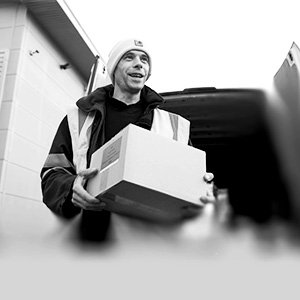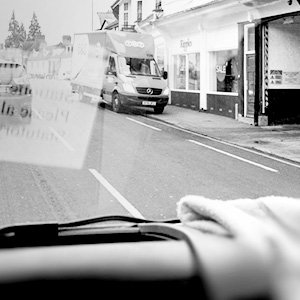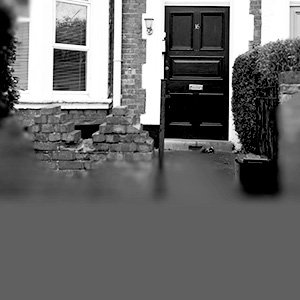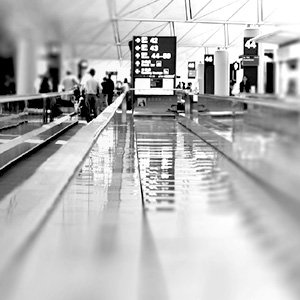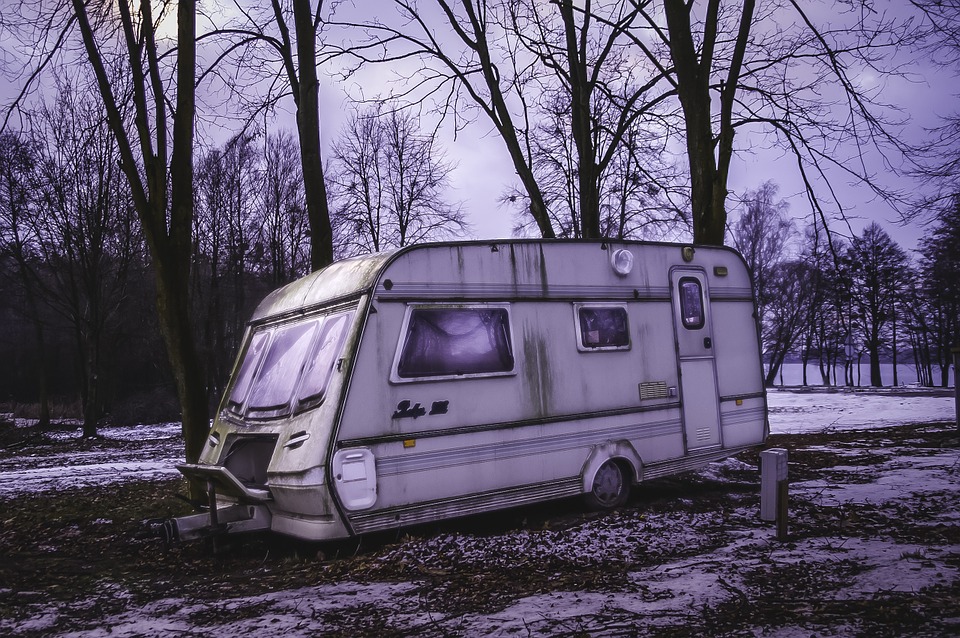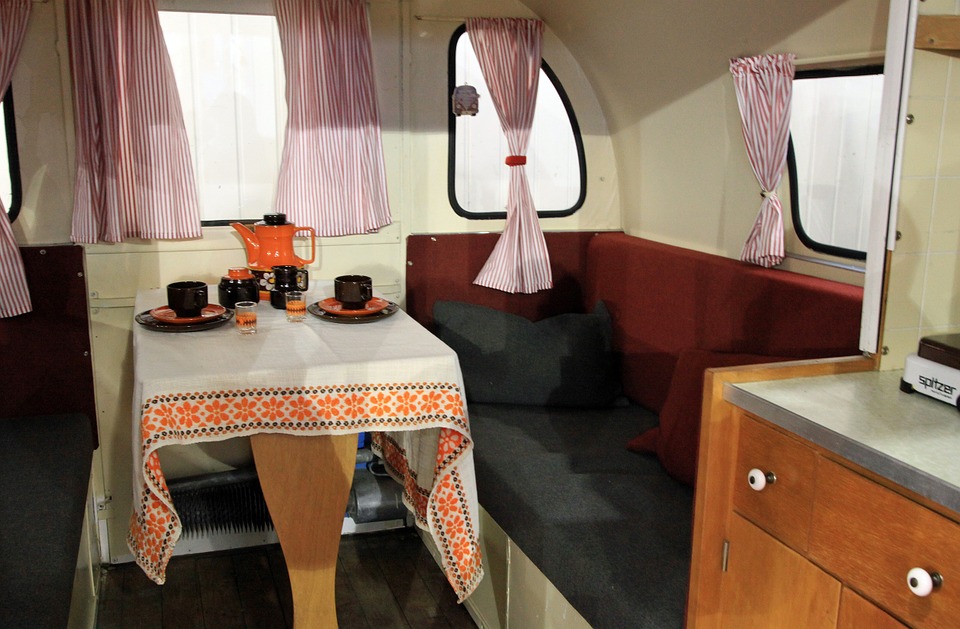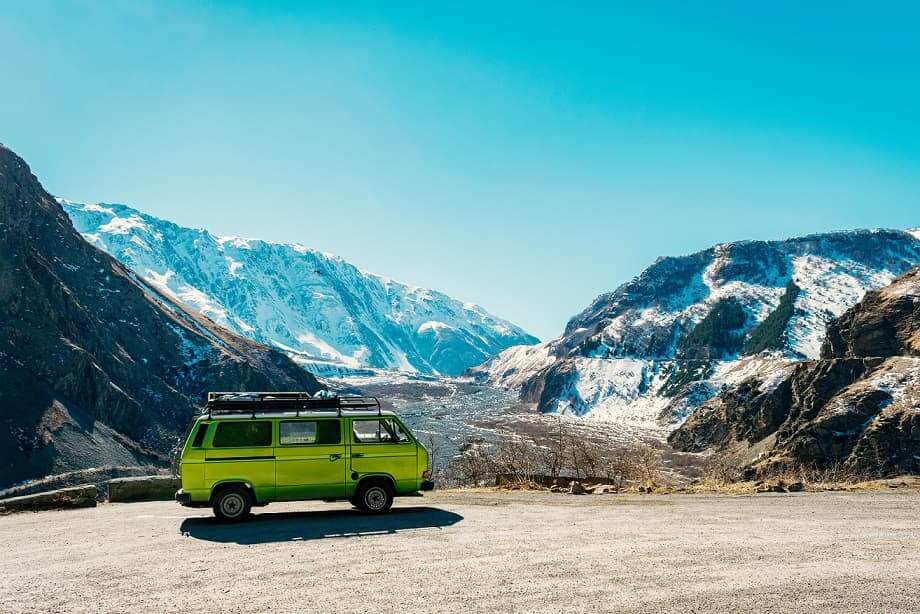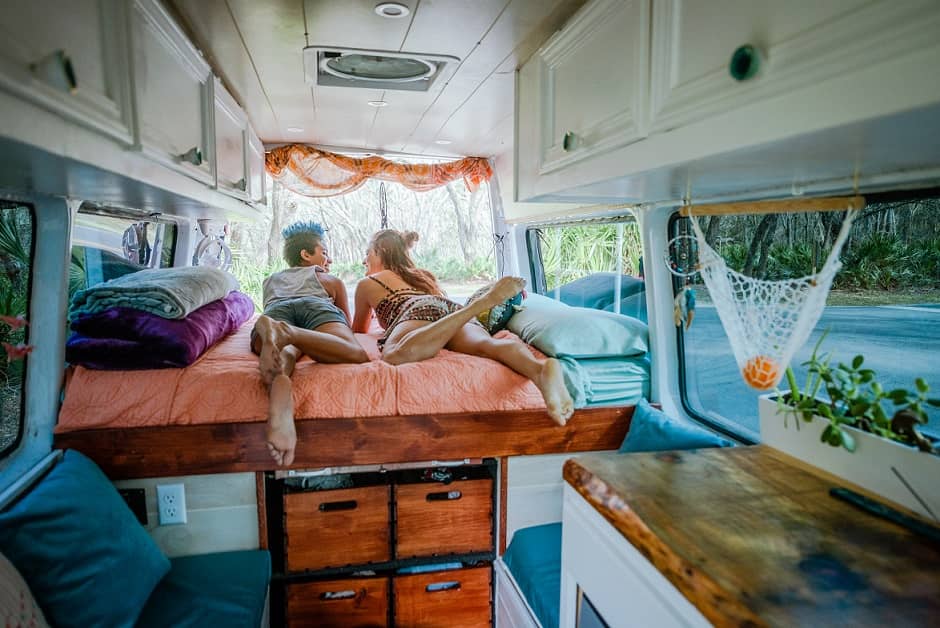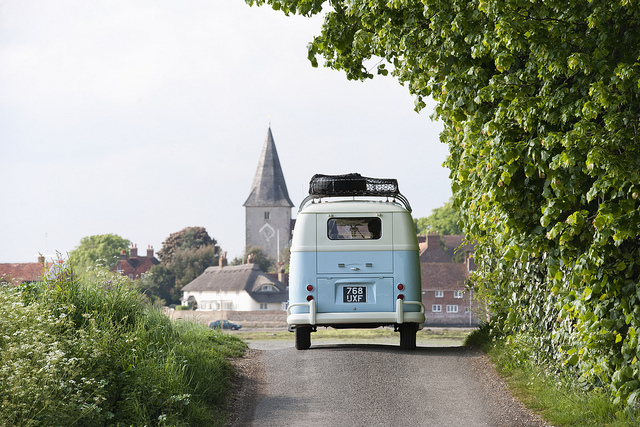Is your caravan in need of a new lease of life? If the paint is peeling and the soft-furnishings are looking worn, it could be time to consider doing some decorating. With a bit of time and the right mindset, you’ll be able to achieve some brilliant results.
As providers of caravan insurance, we have created this guide to help you get your caravan looking its best ready to welcome in the spring.
Interior
Check for damp
Before you go ahead and start decorating the inside of your caravan, it’s important to have a thorough check for damp. Having damp in your caravan can affect everything from your soft-furnishings to the vehicles structure, meaning any attempts at decoration will be wasted.
Protecting your caravan from the winter weather and regular services should help prevent any onset of damp.
Walls
Changing the wallpaper should be one of the main focuses of any comprehensive decoration. Stripping the walls of the old paper and redecorating your caravan can really bring it back to life. Just beware of fiddly corners and make sure you don’t cover up any air vents!
If wallpaper isn’t your thing, then giving the interior a lick of paint is another option and you won’t have to do any tricky cutting. Make sure the floor and anything else you don’t want to get splattered is covered. Pick a durable paint, like emulsion paint, that you would use in your kitchen and bathroom. Whilst you’re at it, why not paint your cupboards too. Just make sure there’s plenty of ventilation.
Flooring
Whilst redecorating your caravan you should also think about the flooring. Something waterproof and low maintenance, like linoleum (also known as lino) is ideal as it will take less looking after than carpet. You could also add some rugs and runners for warmth and texture.
Seats and furnishings
If your sofa cushions are looking worse for wear, then it’s time to replace them. If you’re going to replace them, make sure it’s with new fireproof cushions.
Comfy bedding can also help make your caravan feel like a home away from home, but unfortunately many caravan beds are not of the best standard. Simply replacing the current mattress with something more comfortable and treating yourself to new pillows and quilt can make a massive difference.
Curtains
The simple addition of curtains can add real colour and warmth to your caravan and help give you some privacy from people walking past. They will also act as an insulator, helping keep the heat in which can be really useful if the weather is on the chilly side.
It’s advisable to add blackout blinds in rooms you intend to sleep in, these will prevent any light entering the room due to their thick lining, coming in handy if you happen to pitch up in a sunny spot.
Finishing Touches
Adding some little personal touches can really make your caravan stand out and feel more homely. As you know, caravans are a cosy space, but by adding a couple of mirrors can give the impression of having more room.
Another way of personalising and adding life to the walls of your caravan is by putting up paintings, photographs or posters. Not every square inch of the walls needs covering, just a few pictures or ornaments could make a big difference.
Exterior
Painting the outside of your caravan
Painting the outside of your caravan can be quite a time consuming job, so you need to be ready to spend a bit of time on this project. But by using the right materials and preparing the surface correctly, the result will be worth it.
Firstly you’re going to need to give the outside of the caravan a thorough cleaning. One of the best ways of achieving this is by using a good quality degreaser to strip away any grime and muck, then rinsing with clean water before drying with a chamois cloth.
The next step would be to remove any peeling paint from the caravan’s exterior (this should be done manually, not by using chemical cleaners) and any dents should be beaten out as smoothly as possible.
Once this has been done you’re now ready to sand the area to help the paint stick to the surface and cover any seals and air vents with masking tape. Read the instructions for the paint you’re using; some may require a layer of primer to be applied first. Make sure the paint is suitable for outdoor use.
Do you have any other useful tips? Let us know on Facebook and Twitter.
